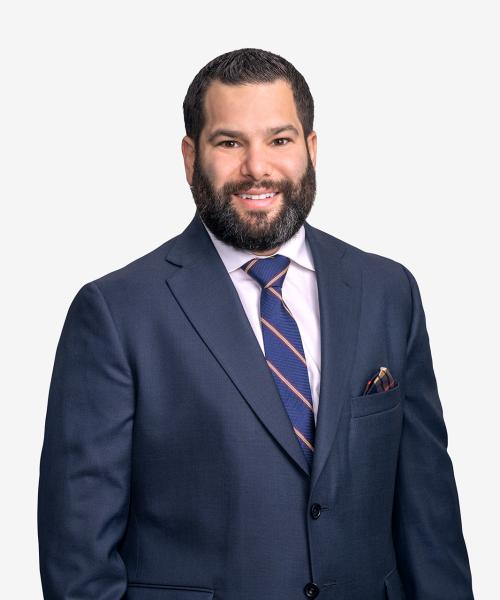Congress Passes Expanded Paycheck Protection Program (PPP) Including Second Draw

As part of the coronavirus relief package, Congress has allocated an additional $284.45 billion for the PPP and extends the PPP through March 31, 2021. Existing borrowers may be eligible for up to an additional $2M under the second draw program, and the scope of both the initial and the second draw PPPs has been expanded to reach more potential borrowers and cover more expenses. We expect the funds to be quickly spent, so borrowers should be prepared to act quickly.
Second Draw Loans
Existing PPP borrowers can apply for up to $2M of additional PPP funds if they:
- have 300 or fewer employees (or meet certain exceptions under the original PPP); and
- can demonstrate a loss of 25% in gross receipts for any quarter in 2020 against the same quarter in 2019.
Expansion of PPP
- Eligible borrowers who did not previously receive a PPP loan or who returned their PPP loan may be able to (re-)apply for an initial PPP loan through March 31, 2021, or until funds are exhausted.
- New categories of eligible borrowers have been added, and these borrowers may apply for an initial PPP loan: Local news and media organizations, housing cooperatives, certain 501(c)(6) organizations, and destination marketing organizations.
- Borrowers who returned all or part of their original PPP loan can reapply for a PPP loan as if it’s their first time applying.
Retroactive Expansion of Eligible Expenses
For initial and second-draw PPP loans, additional eligible expenses have been added to the existing list of payroll (which must still constitute 60% of total expenses to obtain full forgiveness), rent, mortgage, and utility expenses:
- Operations expenditures including business management software or cloud computing services;
- Property damage/looting costs due to 2020 public disturbances not covered by insurance;
- Supplier costs essential to the operations of the entity and made pursuant to a prior contract;
- Worker protection including PPE, plexiglass barriers, and other physical protective measures; and
- Group insurance payments like group life, disability, vision, and dental insurance benefits.
Simplified Forgiveness for PPP Loans under $150,000
PPP loans that are $150,000 or less can take advantage of a simplified forgiveness process, but all PPP borrowers must continue to attest that the PPP loan is necessary to support the on-going operations of the business, regardless of the amount of the loan.
Clarification on Tax Treatment
- Forgiveness of PPP loans continues to be tax-free to PPP borrowers, and they are further permitted to deduct expenditures funded with PPP loan proceeds. The IRS and Treasury had sought to disallow such deductions in published guidance, but the bill effectively overrides such guidance, and adds additional clarification regarding the treatment of loan forgiveness.
- The bill also permits businesses taking a PPP loan to be able to take the employee retention tax credit, which previously only allowed businesses to opt into one or the other program.
Employers are also advised to review our Client Alert addressing tax changes to the employee retention tax credit, unemployment insurance, and paid family and medical leave.
Contacts
- Related Practices







